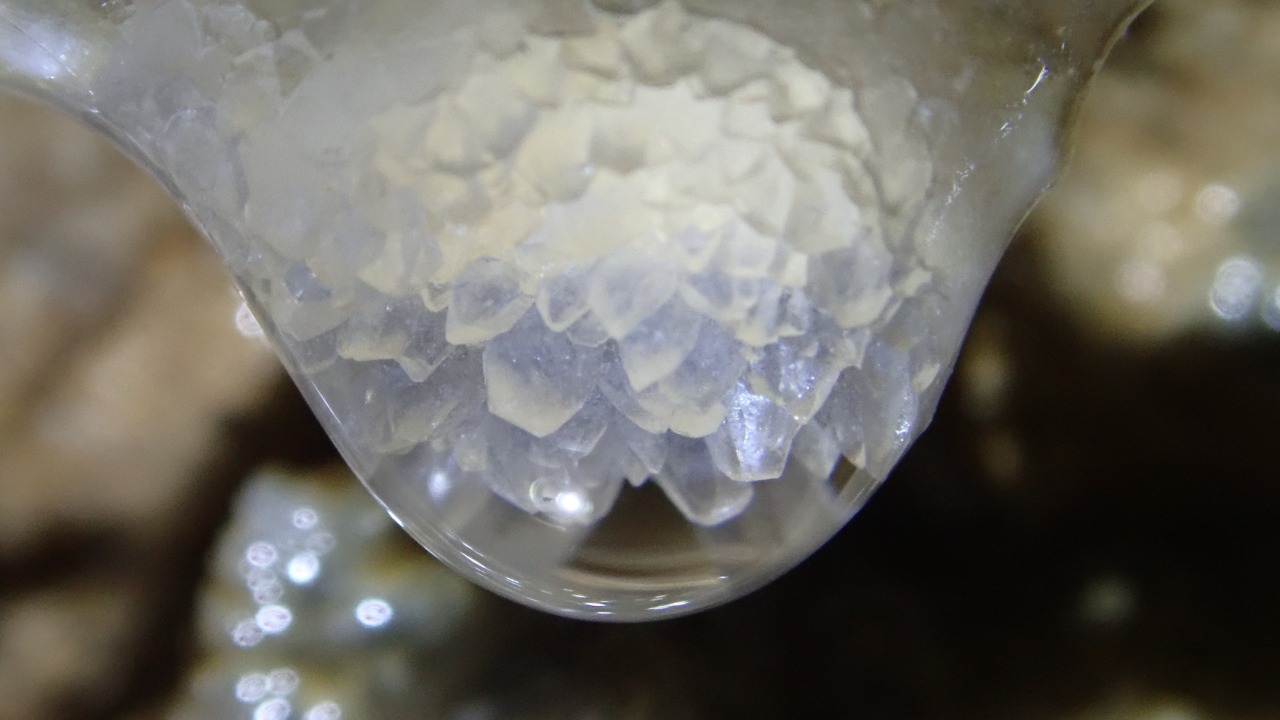
Physicists have recently made a groundbreaking discovery in the realm of quantum materials with the identification of a mysterious new type of time crystal. This advancement marks a significant leap forward in understanding states of matter that defy conventional physics. Building on earlier work where scientists announced the creation of a radical new state of matter that defies time, this discovery emphasizes the unique nature of crystals that form not in space, but in time itself. This novel finding was reported on October 15, 2025, and highlights the ongoing evolution of quantum research.
Understanding Time Crystals
Time crystals represent a fascinating state of matter that exhibits periodic behavior in time rather than space. Unlike traditional crystals, which have a repeating structure in three-dimensional space, time crystals repeat in the fourth dimension—time. This concept challenges the conventional understanding of symmetry in physics, specifically time-translation symmetry, which is a fundamental aspect of physical laws. The idea of time crystals was first proposed by Nobel laureate Frank Wilczek in 2012, and it has since captivated the scientific community.
One of the early demonstrations of a time crystal was achieved in a quantum computer at Stanford University on November 30, 2021. This experiment showcased the potential of quantum systems to host time crystals, providing a tangible example of how these theoretical constructs could manifest in reality. The implications of time crystals breaking time-translation symmetry are profound, suggesting new ways to manipulate quantum states and potentially leading to advancements in quantum computing and other technologies.
The New Discovery of Time Crystals
The recent announcement of a mysterious new type of time crystal, reported on October 15, 2025, has captivated researchers and physicists worldwide. These time crystals form in time itself rather than space, a concept that challenges traditional notions of material formation. This discovery, as highlighted in a report from September 23, 2025, underscores the radical nature of this new state of matter, which defies the conventional understanding of time and space.
The implications of this discovery are vast, as it opens up new avenues for research into quantum materials and their potential applications. The ability of these crystals to exist in a state that defies time could lead to revolutionary developments in quantum technologies. This aligns with earlier findings from March 19, 2025, which described the creation of a radical new state of matter that defies time, further emphasizing the transformative potential of these discoveries.
Related Breakthrough: Intercrystals
In a related development, scientists have discovered a revolutionary new class of materials known as “Intercrystals,” reported on August 20, 2025. These materials represent an innovative structure that could intersect with time crystal research, offering new possibilities for material science. Intercrystals are characterized by their unique ability to form complex structures that may interact with time-based formations in quantum systems.
The potential connections between intercrystals and time crystals are intriguing, as they could lead to new insights into the behavior of quantum materials. This intersection of research areas highlights the dynamic nature of material science and its capacity to drive technological innovation. As scientists continue to explore these connections, the implications for future research and applications in quantum technologies could be significant.
Experimental Creation and Methods
The creation of time crystals in quantum computers has been a focus of research, with the Stanford experiment on November 30, 2021, serving as a pivotal example. This experiment demonstrated the feasibility of generating time crystals within a controlled quantum environment, paving the way for further exploration of these unique states of matter. The techniques used in this experiment have informed subsequent research efforts aimed at understanding the properties and potential applications of time crystals.
Recent reports from September 23, 2025, describe techniques for generating crystals that exist in time, further advancing the field of quantum materials. These methods involve manipulating quantum systems to achieve the desired time-based formations, offering new insights into the behavior of time crystals. The process behind the new state of matter that defies time, as discovered on March 19, 2025, continues to be a subject of intense study, with researchers seeking to unlock the full potential of these enigmatic materials.
Potential Applications and Future Research
The discovery of a mysterious new type of time crystal has significant implications for the future of quantum technologies. As reported on October 15, 2025, these time crystals could play a crucial role in advancing quantum computing and other technologies that rely on the manipulation of quantum states. The unique properties of time crystals offer new possibilities for developing more efficient and powerful quantum systems.
Intercrystals, as discovered on August 20, 2025, could also enable new material innovations, providing a complementary avenue of research that intersects with time crystal studies. The potential applications of these materials are vast, ranging from advanced computing technologies to novel material designs. As scientists continue to explore the connections between intercrystals and time crystals, the potential for groundbreaking discoveries in material science remains high.
Ongoing research into time-defying states, informed by the breakthrough on March 19, 2025, promises to yield further insights into the nature of quantum materials. As researchers delve deeper into the properties and applications of time crystals, the potential for transformative advancements in technology and science becomes increasingly apparent. The continued exploration of these enigmatic materials will undoubtedly shape the future of quantum research and its applications in the real world.